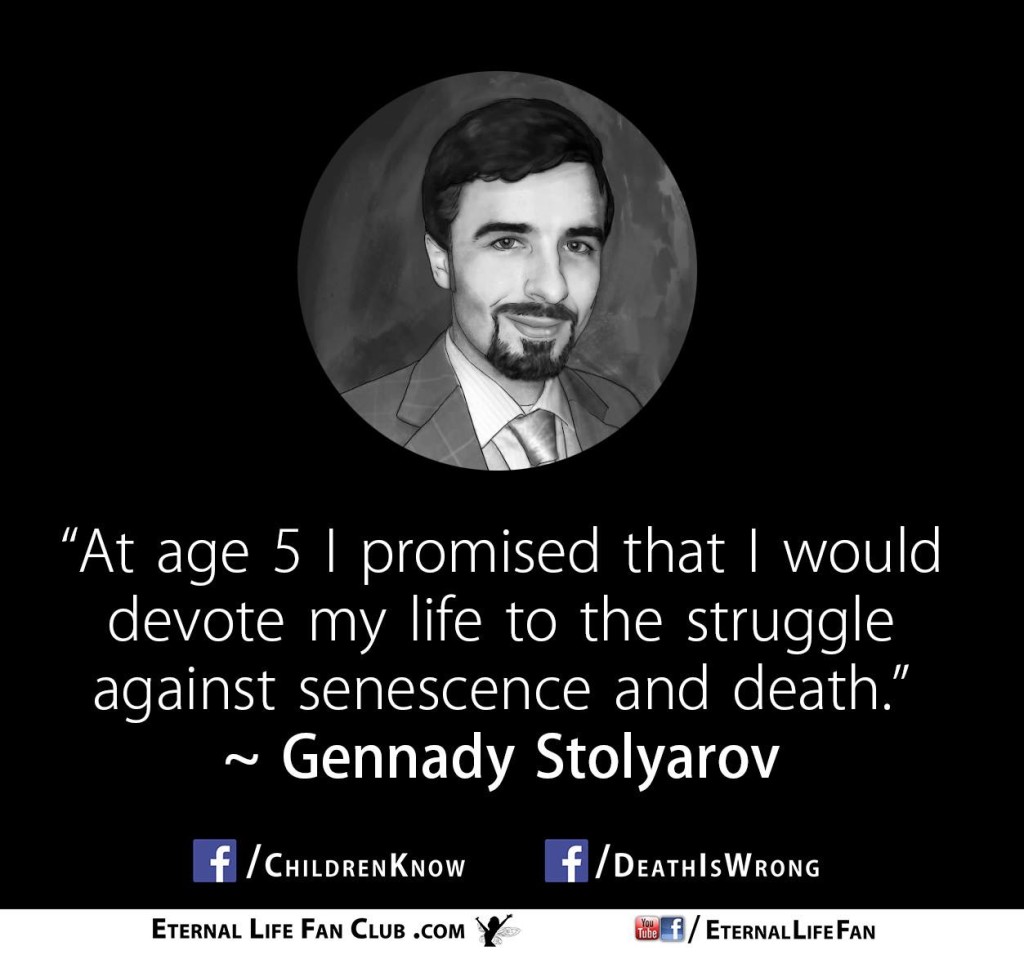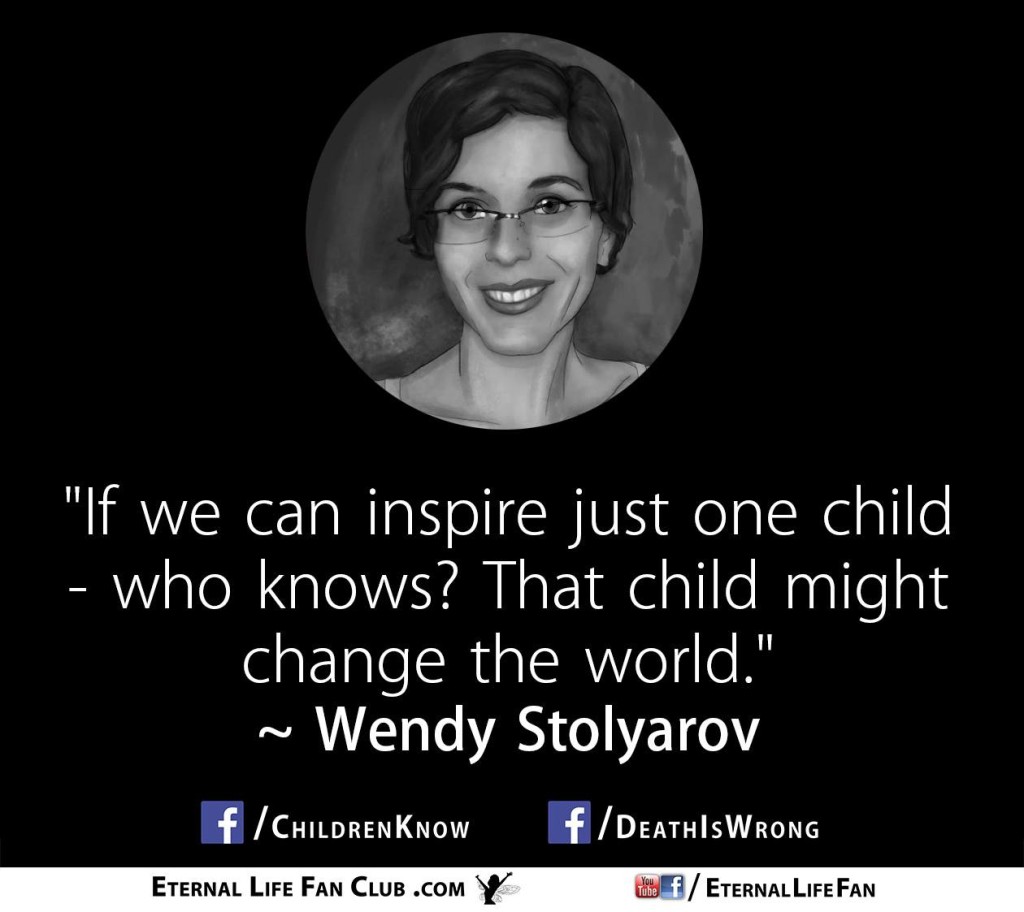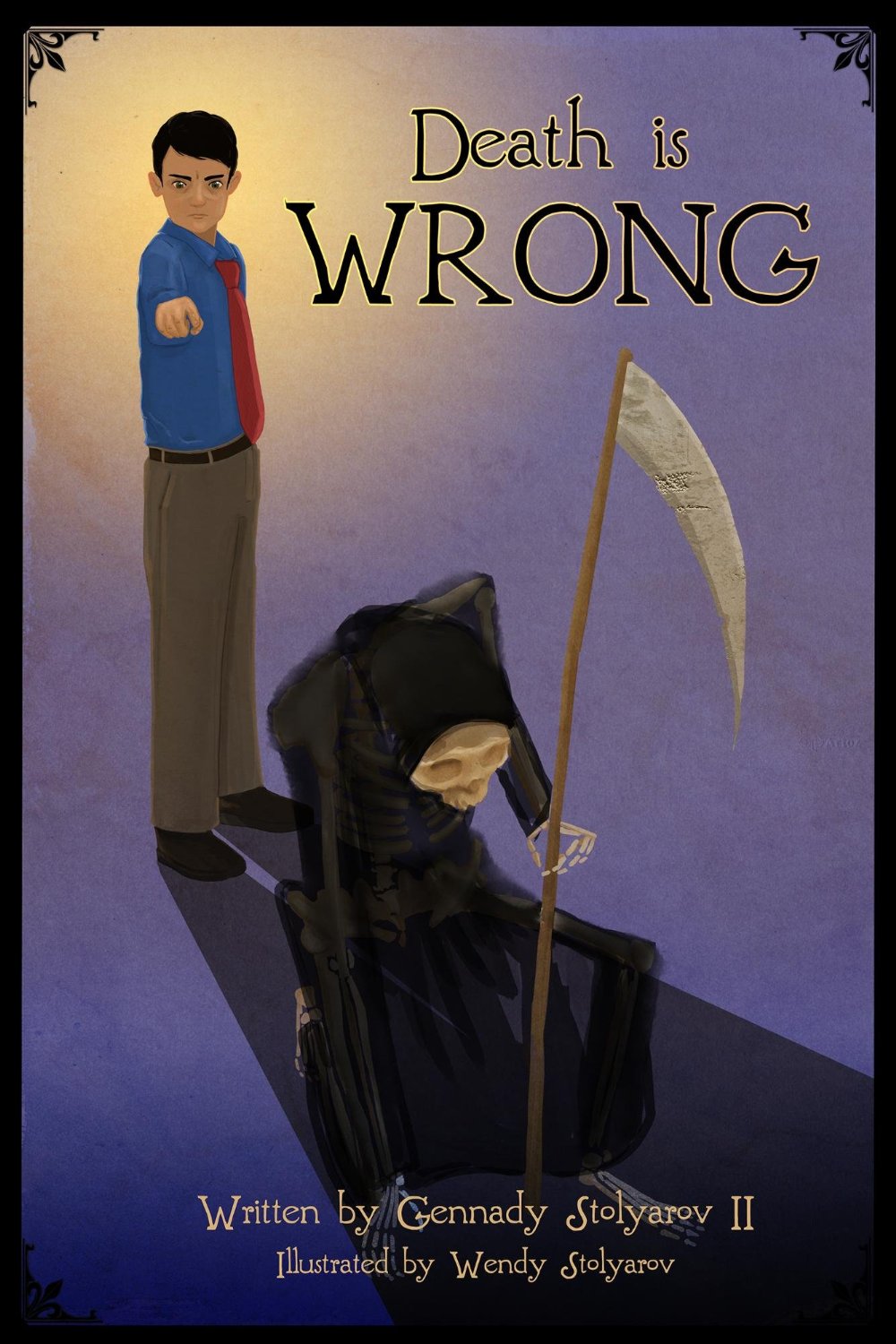Immanuel Kant’s Early Life and Ideas on Knowledge
***
Immanuel Kant was born in 1724 in the East Prussian city of Konigsberg (modern Kaliningrad, although the post-Communist leadership of the Russian Federation is considering an alteration of its name to “Kantgrad”), in the middle-class family of a manufacturer of saddles. He lived on a moderate income, sufficient for him to attend the university within the city and display the reputation of a formidable student.
Kant was a man of rather fragile health and a “late bloomer”, and thus spent the better portion of his youth slowly obtaining knowledge sufficient to gradually ascend the hierarchy within the university. His early years were spent constantly engaging in social activities and exposing himself to both the mundane and the ideological worlds. However, his contemporaries perceived that despite his insightful mind and abundance of ideas, Kant would never emerge as a leading philosopher due to the worldly distractions that he faced.
The young Kant became determined to prove his doubters wrong. He altered his routine, beginning in his late twenties and intensifying as he neared old age, into a rigid, nearly mechanical working discipline, forfeiting most interpersonal interactions other than those with his students (he was a private tutor earning a meager income prior to having earned his doctorate in 1755). He resolved never to marry nor acquire a family that would divert him from the task of becoming the prominent thinker who revolutionized Western thought.
Kant’s first work was composed in 1746, and titled Thoughts on the True Estimation of Living Forces. His ideology developed from that point into the formidable and thought-provoking philosophical doctrine that one would encounter in Critique of Pure Reason (First Edition published in 1781, the Second Edition in 1787).
Kant argues that there exists a difference between individual perception of the world and the absolute reality in which the human species dwells. He refers to the external world as “things-in-themselves,” of which every person possesses a varying and inaccurate understanding due to the unique manner in which an individual’s mind would process this information. This activity is known as synthesis, and involves the assimilation of data into the mind, after which it is blended with and connected to previous experiences to thus add to one’s perception.
Kant rejects the existence of a priori intuitive postulates within the human mind, claiming that so-called “intuition” is a product of having received information, then engaged in discourse on or analysis of the topic that the information concerns, and, at last, forged a conclusion, a point where synthesis forms the understanding that becomes a portion of our perception. Kant divides intuition into two categories, “sensible,” which is presented with material after which it undergoes synthesis and extracts an “insight” from it, and “intellectual,” which actually “creates” truth. Only God, according to Kant’s doctrine, would possess intellectual intuition.
Immanuel Kant’s Ideas on Science and Morality
***
According to Immanuel Kant, no person may possess inherent wisdom about reality. This is best summarized in the philosopher’s famous expression, “Thoughts without content are empty; intuitions without data are blind.”
Indeed, Kant believes that in order for us to utilize our sensible intuition, we must possess two stimuli, “physical sensation” and “moral duty.” The first of the two addresses a portion of Kantian thought known as “empirical realism,” a reasoning that defines that absolute reality as the entire universe in which all human beings dwell. Every time we acquire external data from that absolute reality, our perception of it assumes a greater degree of accuracy. And what would be the optimal way of acquiring such data with only minimal if any contact with other persons’ perceptions (which are, like ours, inaccurate, only in different ways, since each human being possesses a unique arsenal of experiences)?
Scientific exploration is, therefore, the key to an ultimate comprehension of things-in-themselves. Kant was a fervent admirer of Newtonian thought and the Scientific Method, which permitted scientists to ascend to unprecedented heights in their understanding of and control over nature.
The second stimulus to action, moral duty, provides the explanation for the purpose of all human actions toward the comprehension of the universe. This portion of Kant’s doctrine has been dubbed by the philosopher as “transcendental idealism,” since it establishes a framework outside the natural world upon which correct actions are based. Kant sees the ultimate virtues to be the attempts to reach three goals which are not yet found in reality, God, freedom, and the immortality of individuals. God, the Creator and Supreme Being of the universe, must be fathomed, properly interpreted, and obeyed in accordance with his true desires. Freedom, the individual liberty to act as one wishes and to grant all others this right, must be instituted through societal reforms and a development of ideology to understand the proper order that would establish such an atmosphere. And, at last, every human being must rise to possess the right to exist for an indefinite length of time that he may obey the commandments of God and practice his freedoms. Kant states that all which is right and moral must be based upon those three principles.
As such, Kant separates the scientific realm (which describes what is) from the moral realm (which explains what ought to be), but he considers these two realms to go hand-in-hand — ultimately advocating putting the scientific realm in service to moral one.
Immanuel Kant’s View of Rational Free Will and Its Implications for Criminal Justice
***
In the view of Immanuel Kant (1724 – 1804), all individuals possess a “rational free will” and are capable of recognizing the three pillars of morality – God, freedom, and immortality – and acting accordingly with them. Kant recognizes that every intended deed is purposeful and selected by the person who commits it.
According to Kant, no set of circumstances, no matter how great their severity, can force a person to abandon the three moral virtues unless the individual himself selects to do so. And this selection, then, permits for punishment to be distributed to an individual based on the action undertaken. Thus, every deed committed with the intention of being so done implies a moral accountability within the human responsible.
This model of thought is of immense help to understanding what actions Kant saw as necessary for the creation of justice within the real world, since, once again, every individual’s worldview is based upon that individual’s own set of experiences. Thus, any judgment by one individual of another’s set of “data” will be subjective and skewed, which perverts any prospect for objective justice. That is, unless an objective framework such as one of “God, freedom, immortality” is used to evaluate a deed and not the person responsible, while properly rewarding or punishing the latter.
A Kantian justice system would thus solely focus on what was done, rather than on the character of the person who did it. No excuses regarding a criminal’s genome, upbringing, history of mental illness, or socioeconomic status can exonerate him from receiving punishment for the criminal act. The fact that a man was abused during his childhood does not justify his infliction of similar abuse on others later in life. The fact that a mother who drowned her five children was suffering from post-partum depression does not nullify her responsibility for the act and the need to punish her to the utmost extent possible.
Indeed, a court organized on Kantian lines might be able to exercise its functions using purely objective, factual considerations. Evaluating the evidence in a specific case, the court could conclusively determine what was done, and who did it, from which the punishment for the perpetrator would follow algorithmically, being already stipulated in the law. Whether the criminal is a “nice person” or has a history of past troubles would have no bearing on the outcome – thus eliminating the need for subjective opinions entering the analysis. Neither aloof nor passionate behavior on the part of the defendant in the courtroom would have the ability to sway the court’s decision one bit.














